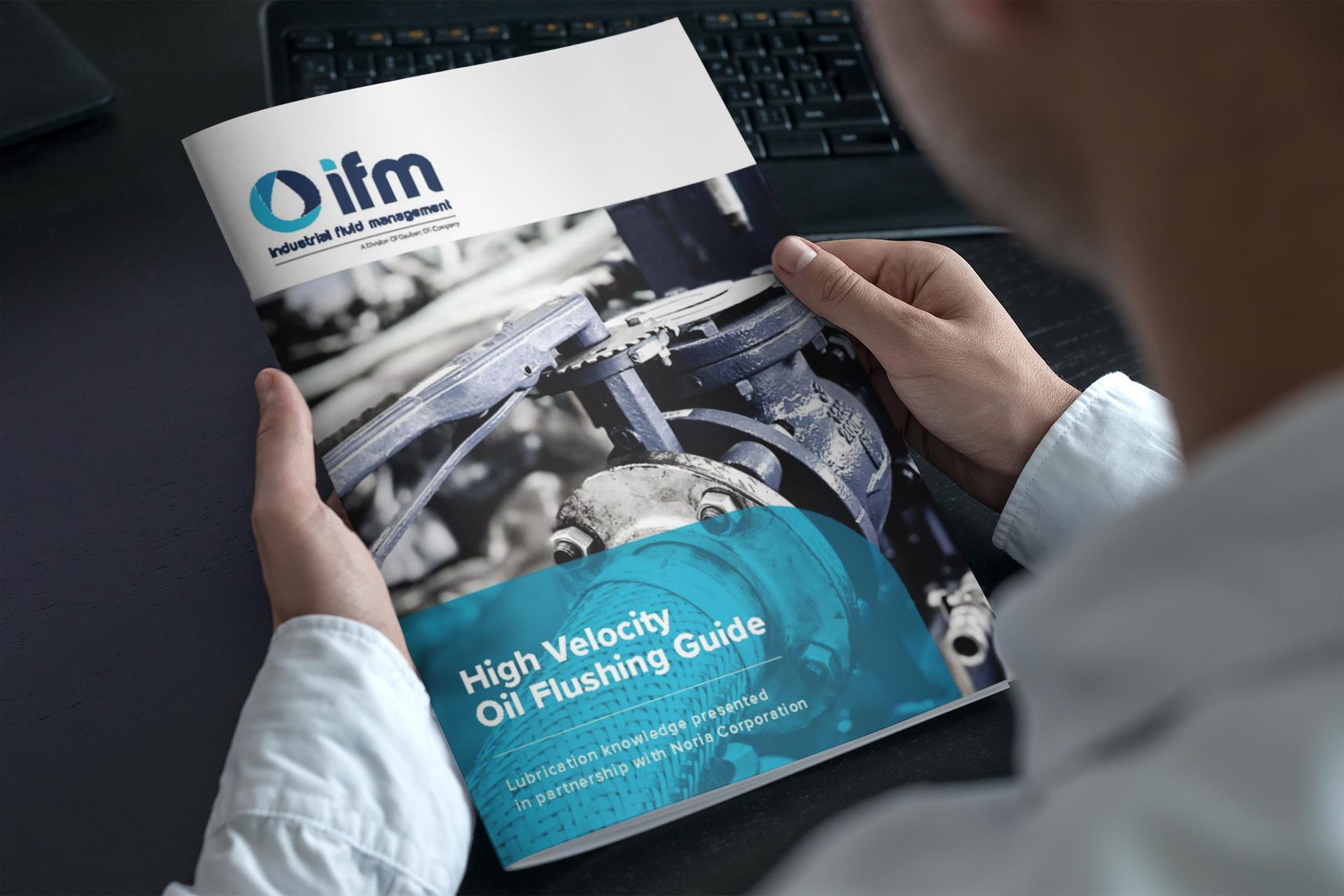
Uncontrolled contamination in a machine’s lubrication system can lead to catastrophic failures and create operational inefficiencies. Performing an oil flush, especially a high velocity oil flush, can help mitigate these problems and restore oil systems to a state of cleanliness that slows oil degradation, reduces varnish formation, extends machine life, and improves reliability.
This whitepaper, produced in partnership with Industrial Fluid Management (IFM), is your guide to high velocity oil flushing and what to ask when you are considering a flushing project or selecting a service provider.
Included in this Whitepaper:
- Problems with Particles
- Types of Oil Flushes
- When and Why to Perform a High Velocity Oil Flush
- How High Velocity Oil Flushing Works
- Types of Flow and Reynolds Number
- IFM High Velocity Flushing Process
- Case Studies Related to Oil Flushing
Request your whitepaper download






_large.jpeg)

